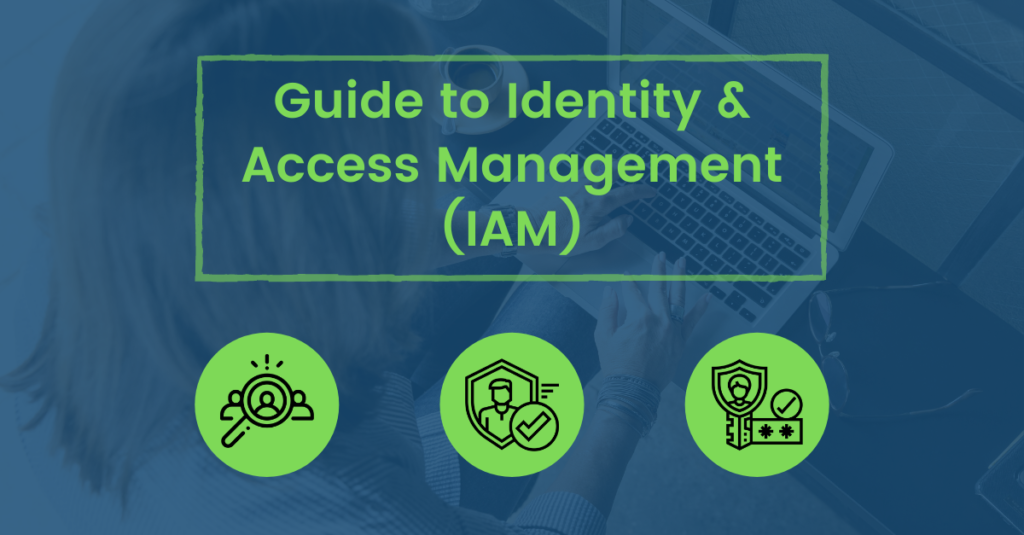Guide to Identity & Access Management (IAM)

Introduction to Identity and Access Management
Identity and Access Management (IAM) defines user identities and permissions. It encompasses the provisioning and de-provisioning of identities, securing and individual authentication, and the authorization to access resources and perform specific actions. Its core objective is to develop one digital identity per individual or item.
How does the system work?
These systems are designed to perform three essential tasks:
- Identify
- Authenticate
- Authorize
It means that only the right person has access to the organization’s assets and environment.
Core Components to develop a robust system:
- A database user identifies and access rights
- Helps to create, monitor, modify and delete access privileges
- A method for auditing logins and access histories.
The two essential tasks:
- Confirms the identity of the users by authenticating their credentials against the database.
- It grants an appropriate level of access rather than providing access to the entire system, which traditionally happens with a username and password.
Technologies supported by Identity and Access Management systems
- Role-based access: Most of the IAM systems apply ‘role-based access control’. This approach uses the pre-define job roles with specific sets of access privileges. If there is any change in the position of an existing user or there is a new employee, then it impacts the user’s rights directly.
- Single Sign-On (SSO): It’s a login mechanism where the users have to authenticate themselves once. Then, they are given access to all the data, applications and systems, they require without logging into those individually.
- Multi-Factor Authentication (MFA): This mechanism uses a combination like a credential (e.g., password), a user token, or something that only the user uses, like a fingerprint, to provide authentication of other individuals and grant them access.
- Privileged Access Management: This procedure integrates with the employee database and pre-defined job roles to establish and provide employees with access to perform their functions.
Identity and Access Management System’s Benefits:
- Improved Security: These systems help to identify and mitigate security risks. It is done to identify policy violations or remove access rights from the employees without searching through multiple systems. It also ensures appropriate security measures are in place to meet the regulatory and audit requirements.
- Information sharing: It is a common platform for sharing all the information regarding identity management. It allows the organizations to apply the same security policies across all the operating platforms and devices used by the organization. In addition, it helps you enforce user authentication, privileges, and validation policies and attend to “privilege creep”.
- Easy to use: It simplifies login and user management processes for system administrators and application owners. These systems promote user satisfaction as they are easily manageable and simple to work on.
- Productivity gains: This system improves the processing time for accessing and reduces the errors, thus creating an automated workflow for any new changes in the role, like identity changes.
While these system implementations will start by auditing an organization’s needs (defining roles, access requirements, etc.) and creating a policy, many different Identity and Access Management solutions can help you execute these programs. Any system you select should meet the use cases for your environment.
Also, prioritize identity management and IAM administration tools, as they simplify those highly automated workflows. Check that they seamlessly integrate with other systems and security technologies. This way, you can improve your business operations and close the security gaps of your working environment.
Author,
Sobiya Munshi,
Associate Security Consultant
Audit and Compliance Team,
Varutra Consulting Pvt. Ltd.




